Substitutes for Mushroom: 10 Best Alternatives!
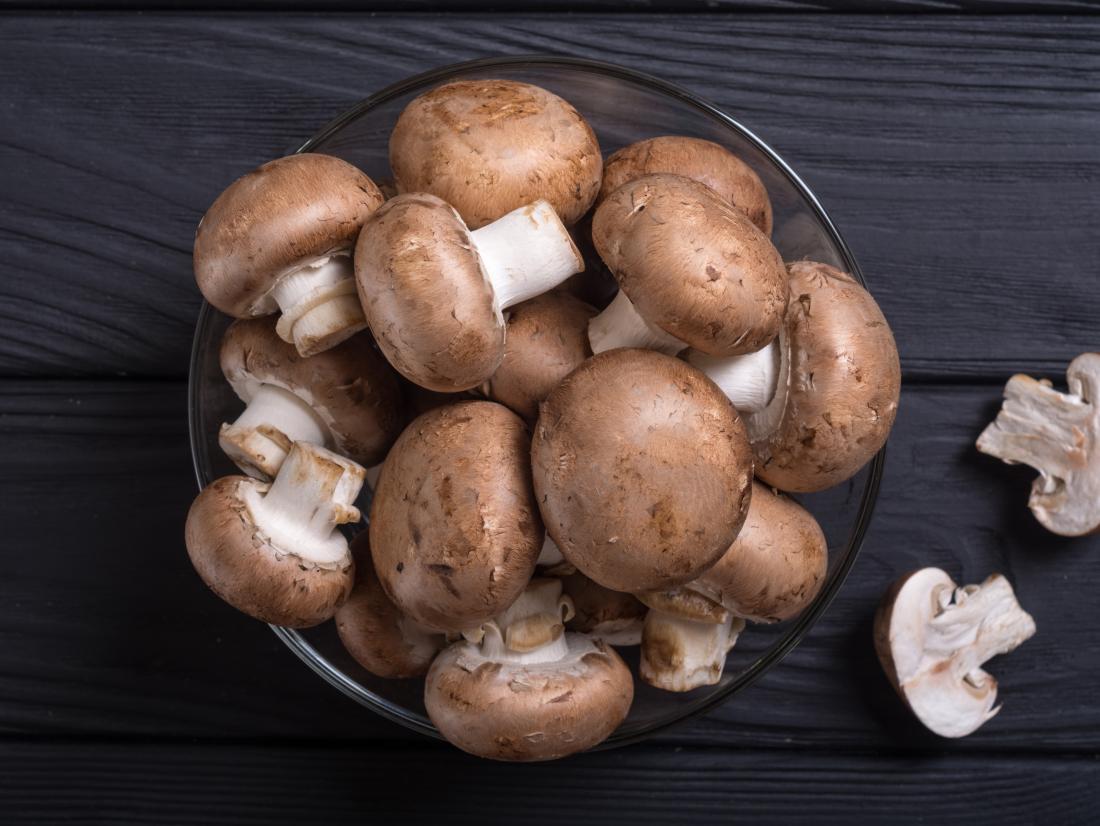
Mushroom has a rich, earthy flavor and a soft, spongy consistency that absorbs the flavors of the spices they’re cooked with. As a result, they’re vegetables that can be used in a variety of ways.
They’re nutrient-dense, anti-viral, and anti-bacterial. With hundreds of kinds accessible worldwide, the possibilities for experimentation are limitless. On the other hand, grocery stores usually stock a limited number of options.
Button mushrooms, portobello mushrooms, and cremini mushrooms are the most popular. We’ll be looking to replace these three species of mushrooms.
Why would somebody try to replace mushrooms with something else?
Some individuals despise mushrooms because they are grown in the dirt.
Mushrooms are one of the most commonly sprayed commercial crops. Their porous skin absorbs a substantial percentage of the pesticides applied to them.
Mushrooms aren’t always easy to come by. Yes, they are found commonly in the woods, but many of us have lost touch with our foraging ancestors.
Don’t be afraid or discouraged if you find a recipe you want to attempt but need to substitute for one or more of the ingredients. Cooking is both an art and a pastime! It’s all part of the process of playing around with different flavors and textures.
Alternatives to mushrooms
This post will lead you through some of the most excellent mushroom alternatives, with a focus on emulating its sponge-like texture and flavor-absorbing qualities.
1. Tofu
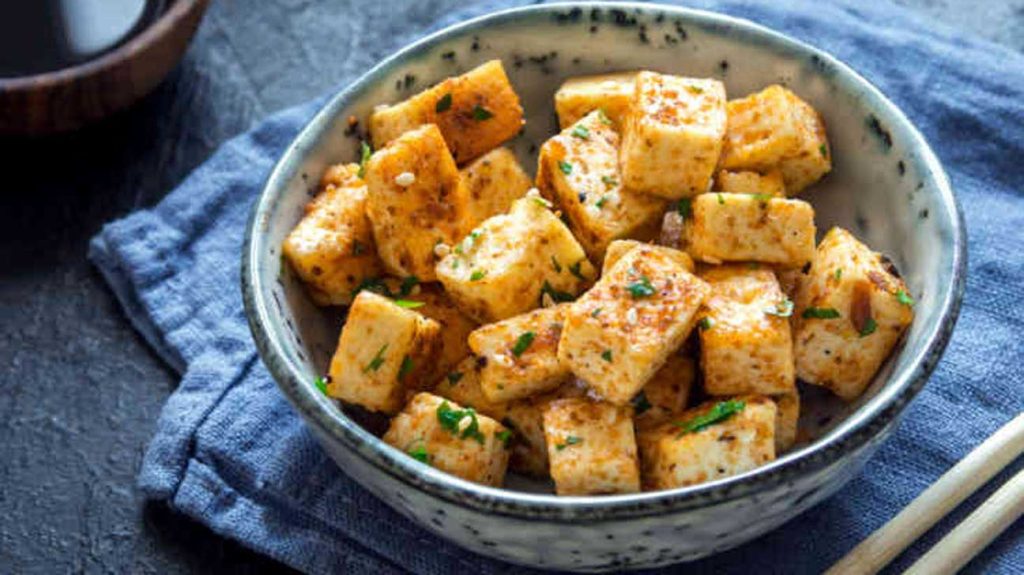
Tofu is the most fabulous substitute for the button or cremini mushrooms (commonly used interchangeably) because of its similar texture. It is a fantastically versatile ingredient because it has almost no flavor of its own.
This is an excellent feature since, like mushrooms, it readily absorbs the taste of any meal you’re preparing.
Some individuals are concerned that tofu is a processed soy product, as there has been a lot of debate in the health community regarding this. However, when ingested in moderation, soy may be a reputable source of protein and a terrific culinary ingredient because of its neutral flavor.
Tofu can be used to replace mushrooms in veggie/bean burgers, stews, stir-fries, and any other recipe that calls for sauteed or blended mushrooms. Make sure to use your favorite spices, as this will be the flavor that the tofu absorbs and is responsible for the dish’s deliciousness.
2. Tempeh (beans)
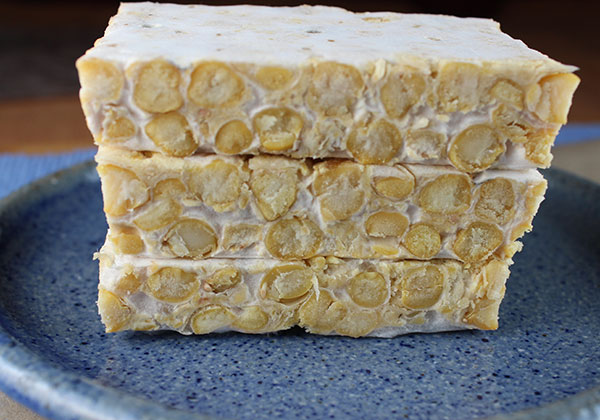
Tempeh, tofu is healthier, but the lesser-known cousin is a similar replacement. Tofu is created from only a portion of the soybean. In contrast, tempeh is made from whole fermented soybeans mashed together into a solid.
Tofu is less healthy than tempeh since it has been processed more. Because tempeh is a fermented and complete meal, it does not pose the same health risks as tofu. Tempeh is the most significant substitute for a portobello mushroom, which is cooked and seasoned with spices before being served with other vegetables or side dishes.
Suppose you’ve never heard of tempeh and are hesitant to prepare it for the first time, don’t! Tempeh is simple to make, and you’ll probably appreciate the texture and nutty flavor.
3. Using Eggplant
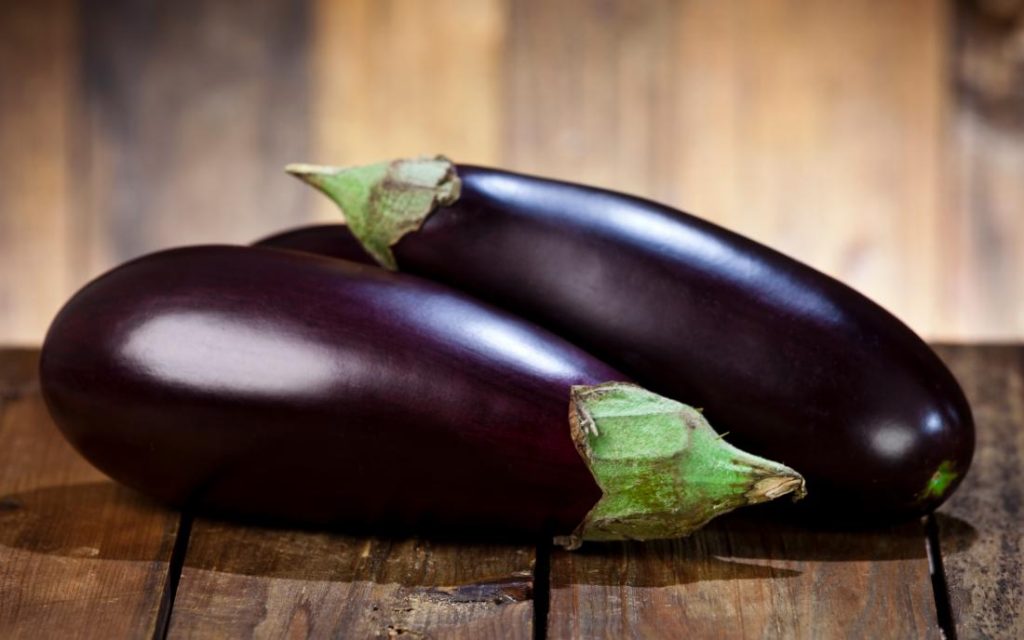
Eggplant is a must-have ingredient in several traditional vegetarian meals. It also has a spongy texture that absorbs the flavors in the dish. Eggplants, like Portobello mushrooms, are frequently used as a meat alternative in sandwiches and main courses like eggplant parmesan.
Eggplant is a tricky vegetable because it sometimes needs to be dusted with salt and set alone for an hour. Its slightly bitter flavor drains out as a liquid. Do not let this get the best of you! It’s a simple procedure that will enhance the flavor of your eggplant and make it easier to bite into.
If you don’t want to or don’t have enough time, you may always opt out. Prepare to use a little water in the pan if you’re sautéing or frying the eggplant like a portobello mushroom, as the eggplant will absorb much oil and stick to the pan. Eggplant slices are great in a sandwich, on a burger, or as a casserole layer in lasagna.
4. Zucchini salad
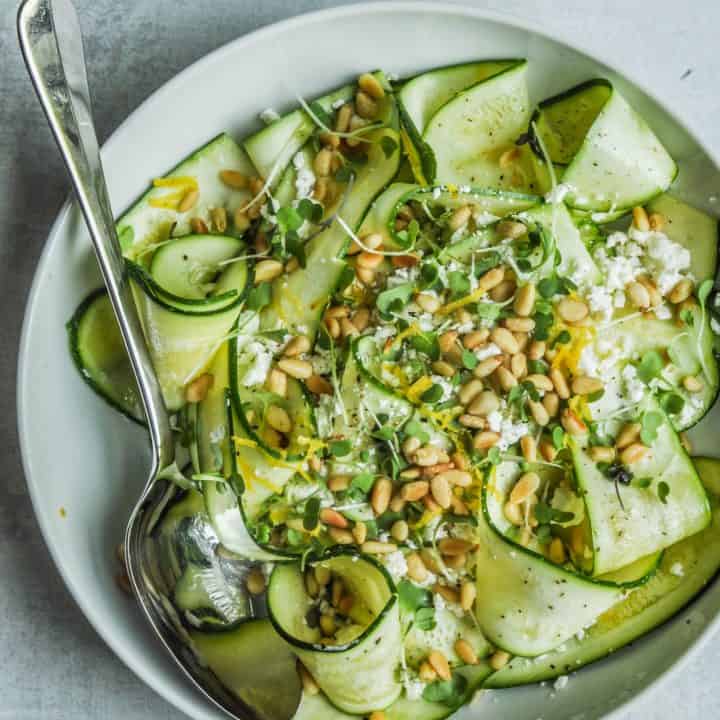
In stir fry dishes, soups, casseroles, and other one-pot meals, mushrooms are frequently listed as one of many acceptable veggies. You may either use zucchini instead of mushrooms or combine the two!
Zucchinis may be seasoned on the grill, sautéed in a skillet, or baked in a casserole, and they taste fantastic. Try shredding a zucchini instead of raw chopped mushrooms in a salad if your recipe calls for them.
Zucchini noodles are a popular spaghetti replacement that is surprisingly satisfying. So, the next time you crave spaghetti, make zucchini noodles instead! But, since we’re talking about mushroom substitutes, try zucchini in any dish where mushrooms would usually be raw, sautéed, or grilled.
Treat them in the same way as a button and cremini mushrooms are treated. Zucchinis are a versatile vegetable that may be used in a variety of dishes.
5. Sun-dried tomatoes
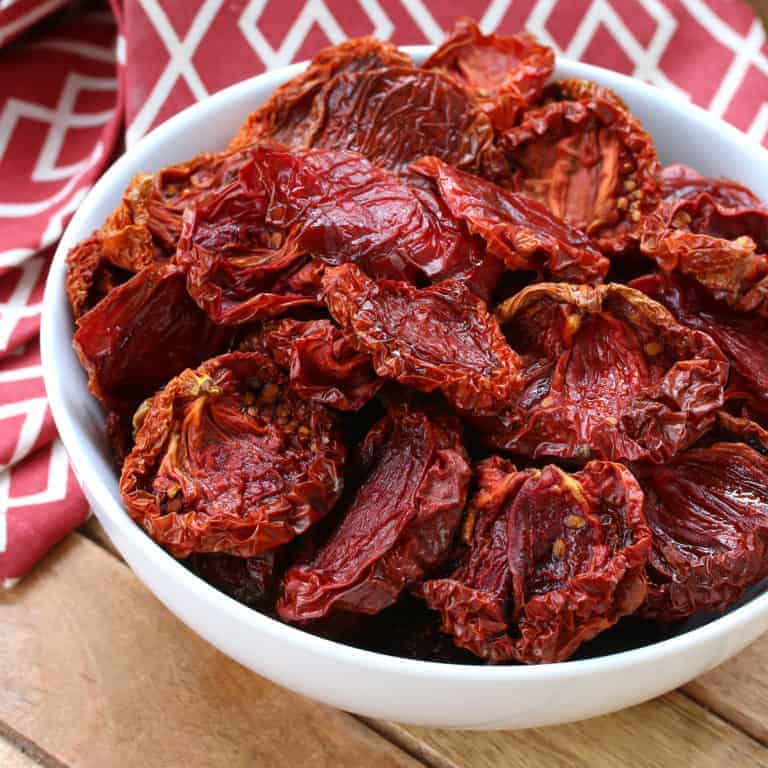
These tiny wrinkly red raisins are bursting with flavor! Because all of the water has been evacuated, this is the case. They couldn’t be substituted with mushrooms because of their particular flavor. However, due to their texture, they might be a decent replacement.
Sun-dried tomatoes are available in two forms: oil-packed or arid. If you buy dry beans, soak them in water overnight to simplify chopping or blending. In dips or soups, they’re a terrific alternative.
Both mushrooms and sundried tomatoes are ordinary pizza and pasta toppings, and they complement each other nicely. Use sun-dried tomatoes alongside zucchini if your recipe calls for both items.
6. Garbanzo beans are a type of legume (chickpeas)
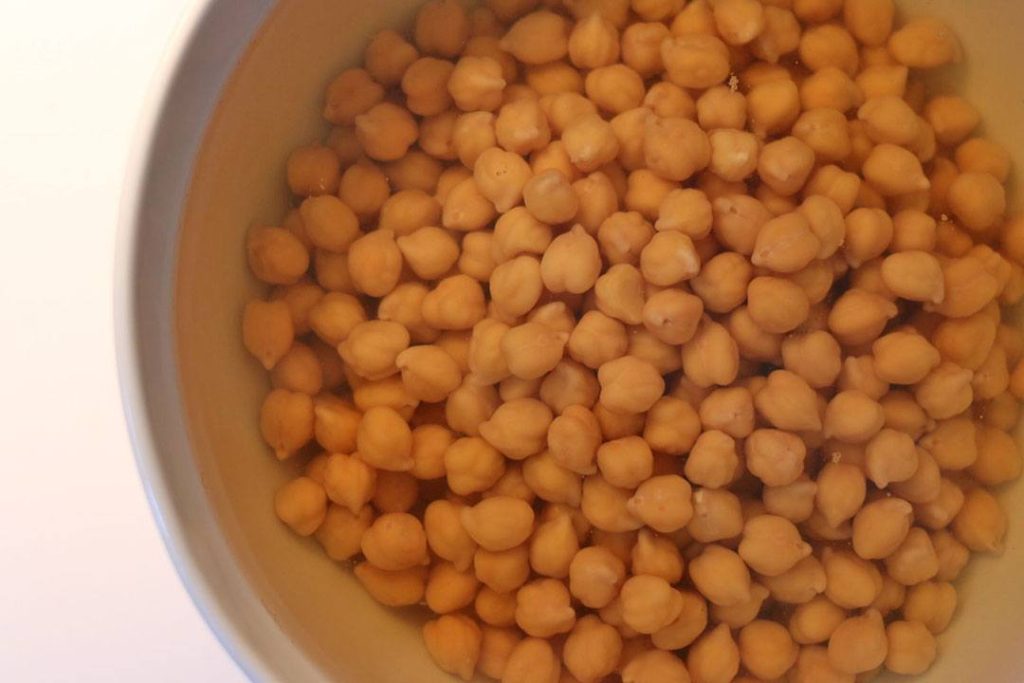
Garbanzo beans, sometimes known as chickpeas, are a versatile ingredient. Chickpeas are a versatile ingredient that may be used in various dishes, including soups, stews, casseroles, dips, sandwich spreads, desserts, and more.
Chickpeas have relatively little flavor of their own, so they work well in meals with many spices. You can use the whole thing or blend it up depending on the recipe.
Chickpeas are available in both dried and canned forms. Chickpeas in a can are ready to use in recipes. On the other hand, dried chickpeas must be soaked overnight (they absorb a lot of water, so make sure you cover them with at least double the amount of water) and then cook for 12 hours in a slow cooker.
If you don’t have much time or a slow cooker, you can do it on the stove; however, having the stove on for up to 4 hours is a lot. In the end, tinned food is the most convenient option.
7. Pecans or walnuts
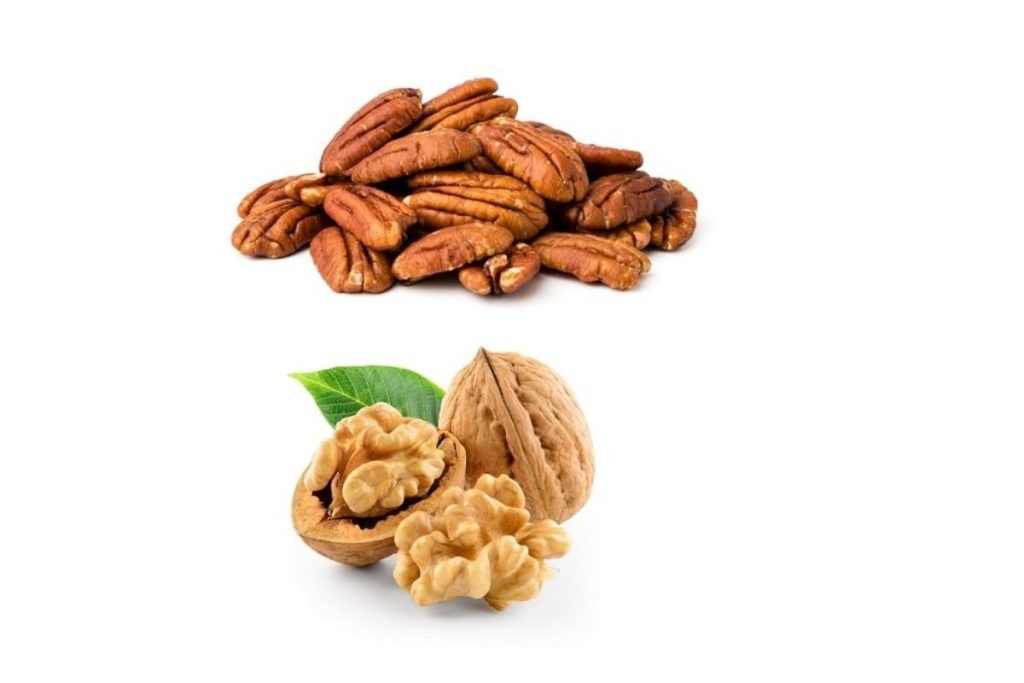
This switch may appear less sensible at first, but bear with me! Mushrooms are frequently used in dips, sauces, and spreads due to their porous nature. If you want to make a mushroom sauce, soak some walnuts in water overnight, then add them to the rest of your ingredients once they’ve been cooked through and blended! You could do the same with a recipe for vegetable burgers.
Instead of mushrooms, soak the same pecans overnight, add them to the patty mixture, and mash everything together.
When it comes to these cuisines, nuts are a surprisingly underutilized component. Try to sneak a handful into every blended dish you can because it’s high in beneficial fats that are helpful for the brain.
8. Tahini
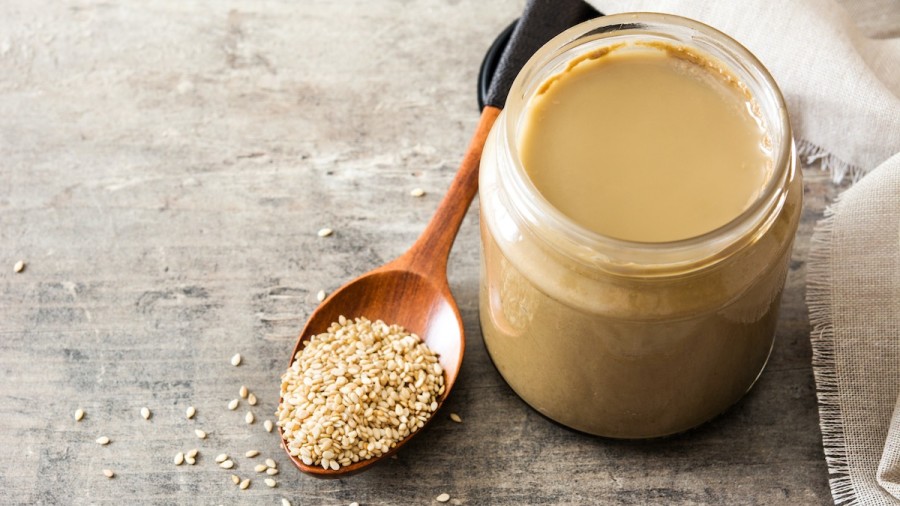
Because tahini has a distinct, often bitter flavor, it is a more adventurous replacement. It may, however, be employed in an emergency. You might substitute tahini for walnuts or pecans if you have any on hand. You could use tahini instead of tofu if you don’t have any. Remember that this is likely to be more of a test substitute. Don’t overdo it, and taste as you go to determine if the flavor is to your liking.
You’ll probably be able to achieve the desired consistency; but, the flavor will be different. On the other hand, Tahini is prepared from sesame seeds, which are high in magnesium, an essential mineral for hundreds of bodily activities, including hormone regulation.
9. Russet potatoes
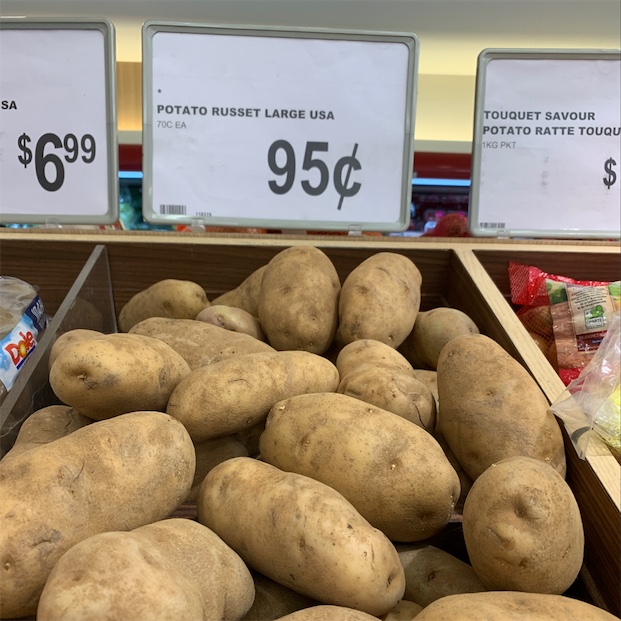
This is the switch I would recommend the least, and I would only do it when cooking a casserole dish. Even in that case, eggplant would be a better option. However, if someone cannot eat eggplant (or other nightshade vegetables), or if you want to utilize both eggplant AND mushrooms, this alternative should be considered a last choice.
To utilize these potatoes, cut them into slices and bake them. Instead of mushrooms, you may use them in a layered casserole dish once they’ve turned to a faint golden hue.
10. Mushrooms, dried

With this last idea, I’ll admit that I’m cheating. But bear with me. People in some areas do not have access to high-quality fresh mushrooms. It is, nevertheless, possible to have some non-perishable dried mushrooms on hand.
Dried mushrooms can no longer always be used in place of fresh mushrooms. All of the other swaps might be preferable in some instances.
I would never recommend using these mushrooms in stir-fries, sandwiches, or any other recipe that relies on the mushroom texture. When dried mushrooms are rehydrated, they have a chewy texture that is unpleasant to eat.
Only use these mushrooms in recipes where all of the components are blended, such as a dip or a veggie burger patty. They are an excellent choice in this instance.
If you’re going to use dried mushrooms, make sure to rehydrate them first by soaking them in boiling water for 30 minutes.
All of these alternatives are pretty adaptable and can be used interchangeably. Cooking is indeed a delight! Each time, you can use a different alternative.
Finally, there are two types of mushroom substitutions.
All options are stir-fries, casseroles, sandwiches, pasta, and main courses.
- Tofu/tempeh
- Zucchini/eggplant
- Potatoes with sun-dried tomatoes and russets
Soups, dips, sauces, spreads, and fillings are just a few of the options.
- Tofu, Tahini, and nuts
- Garbanzo beans and sun-dried tomatoes
- Mushrooms that have been dried
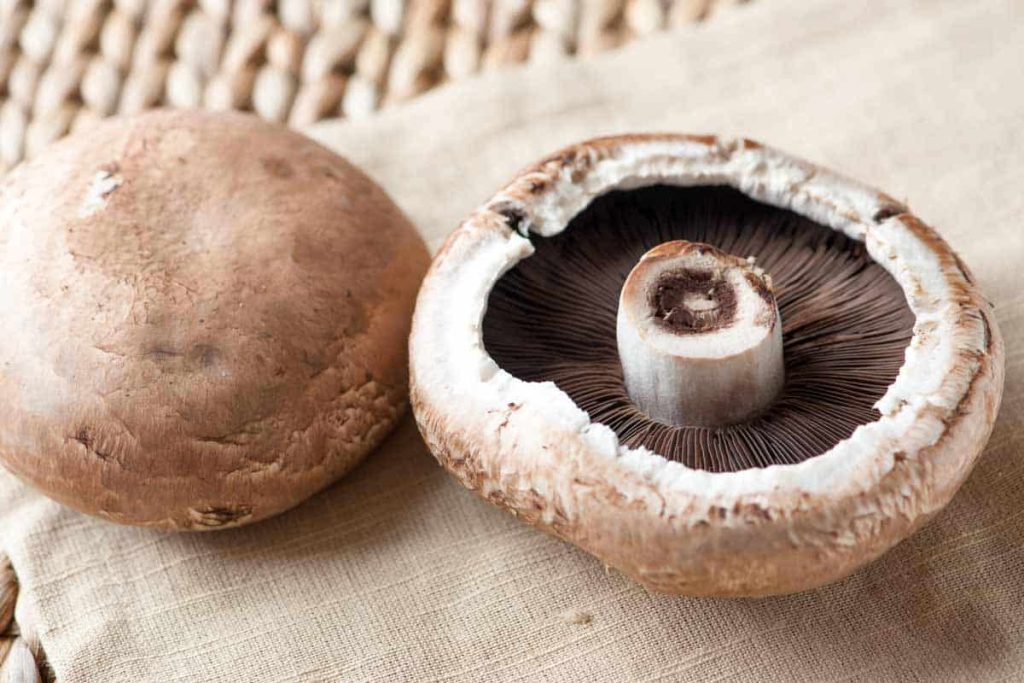
Mushrooms aren’t entirely interchangeable. Each mushroom type has its own distinct flavor profile and spongy texture. It’s impossible to completely replace one mushroom variety with another.
Portobello mushrooms are most commonly used as a meat substitute in burgers and other main courses. Stir-fries and pasta recipes are the most common uses for buttons and cremini. Other, more delicate, and rare mushrooms are only used fresh as a garnish on more upscale dishes.
As unique as mushrooms are, I’m all about the substitutions and ingenuity that can be found in the kitchen. It’s critical to learn to be resourceful in the kitchen.
We must not become discouraged if we cannot follow a recipe exactly or believe we are missing a critical element. There is a swap for everything, I promise! And, when in doubt, you may leave an ingredient out and continue on.
If you don’t have mushrooms, use green peas. Green peas didn’t make the top ten for a reason, but that doesn’t mean your dish wouldn’t taste fantastic and be just as nutritious without them.
Cooking is the art of combining flavors and textures pleasingly. So let your imagination run wild! Most vegetables may be substituted for one another, so don’t be concerned if it doesn’t turn out precisely how it “should.” This is your unique take on it.
When following a recipe, it’s critical to obtain the desired consistency and flavor. This is where I would concentrate my efforts. As a result, taste as you go. Make any necessary adjustments. Also, don’t allow yourself to become overwhelmed.
The magic happens with substitutes. That’s where you get your education. So, go ahead and accept it. And then get to work! You’ll find out what works and what doesn’t there.
Associated Issues
Does it really happen that mushrooms grow in manure? Is it okay to eat that?

Mushrooms are cultivated in a mixture of manure and other organic materials that have been appropriately composted (much like how other vegetables are grown). Log-based farming is when producers use logs of wood instead of soil beds mushroom.
Just know that the mushrooms you buy at the shop are not cultivated in animal feces. Any mushrooms that do grow in those conditions aren’t picked or sold to people.
Is it true that the chemicals sprayed on mushrooms are dangerous?
The USDA identifies 11 compounds that they commonly detect on mushrooms. Carcinogens, hormone disruptors, and neurotoxins are all terms that are used to describe these substances. However, not all mushrooms are sprayed. Some smaller companies may not spray at all because they cultivate most of their mushrooms inside. Others will bear the organic label.
Try to be cautious about what you eat, but don’t rule out mushrooms entirely because you worry about pesticides. There are other options!
Farmer’s markets are an excellent place to acquire higher-quality vegetables as well as to speak directly with farm personnel and ask these types of inquiries.
Is it truly safe to eat a mushroom if it has fungi?
Yes! At least, the ones in the supermarket are. If you’re going mushroom foraging, be sure you know what to look for. Mushrooms have many health benefits, and here are a few of them:
- Mushrooms have the highest concentration of the antioxidant selenium of any vegetable. Antioxidants help to slow down the aging process, protect the body from cancer-causing free radicals, and improve immunity. If you want to avoid catching a cold this winter, eat many mushrooms.
- Mushrooms are high in B vitamins, which are suitable for your heart. Red blood cells benefit from riboflavin. Niacin is beneficial to the digestive system as well as skin health. Pantothenic acid is beneficial to the nervous system and aids in producing hormones.
- Mushrooms contain copper, which aids in the formation of red blood cells, which transport oxygen throughout the body. Copper also aids in the maintenance of strong bones and nerves. A 1-cup portion of sautéed mushrooms can supply roughly one-third of the daily required copper intake.
How do you wash and preserve mushrooms properly?
In your recipe, if you’re only using a few mushrooms, wipe away the dirt with a damp paper towel. If you’re going to use many mushrooms, immerse them in a basin of water right before you’re going to use them, then pat them dry with a paper towel.
If any are very filthy, make sure to brush them clean before submerging them in water. You should always store mushrooms in a paper bag; otherwise, they will become slimy and moldy very soon.











